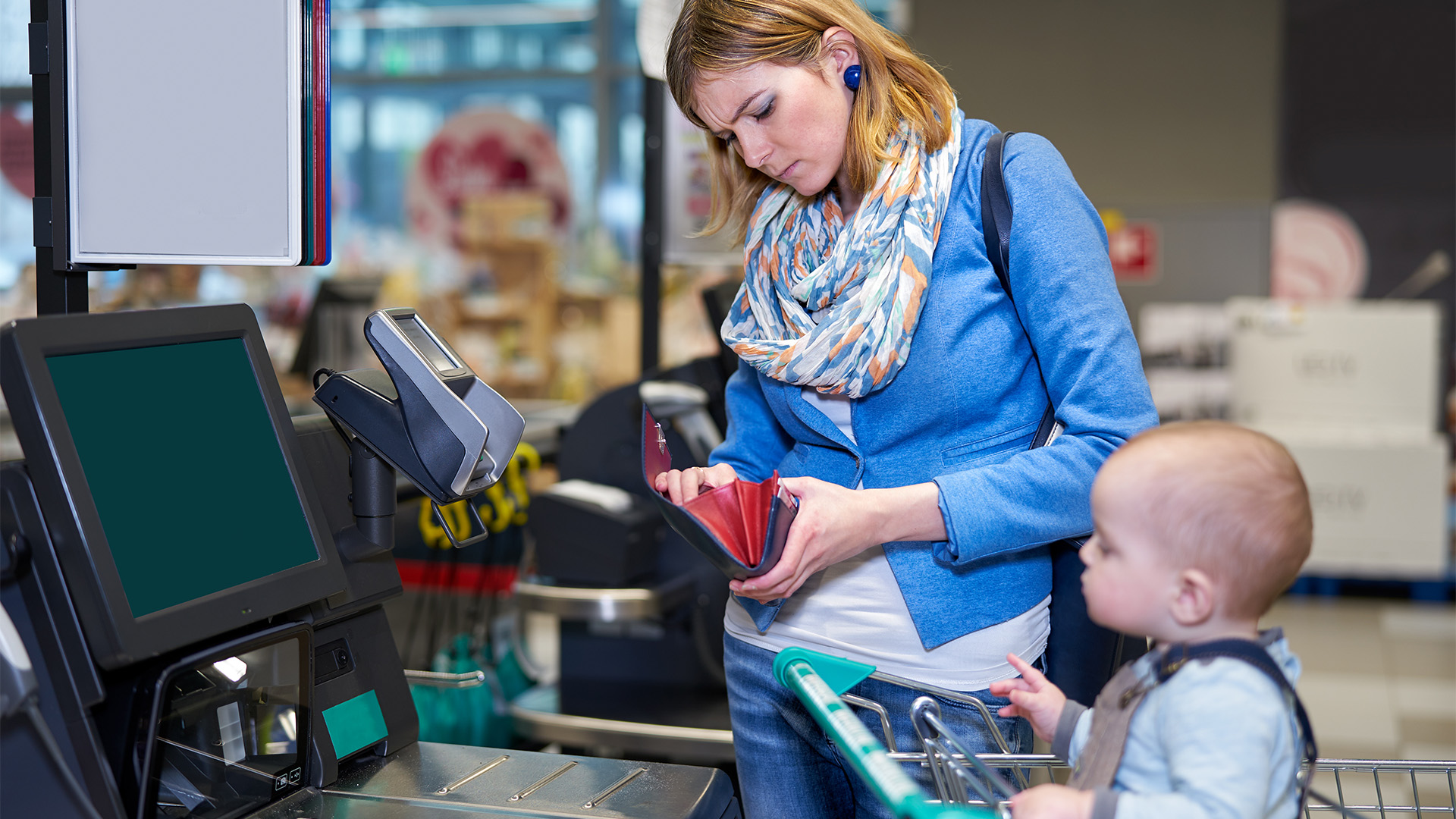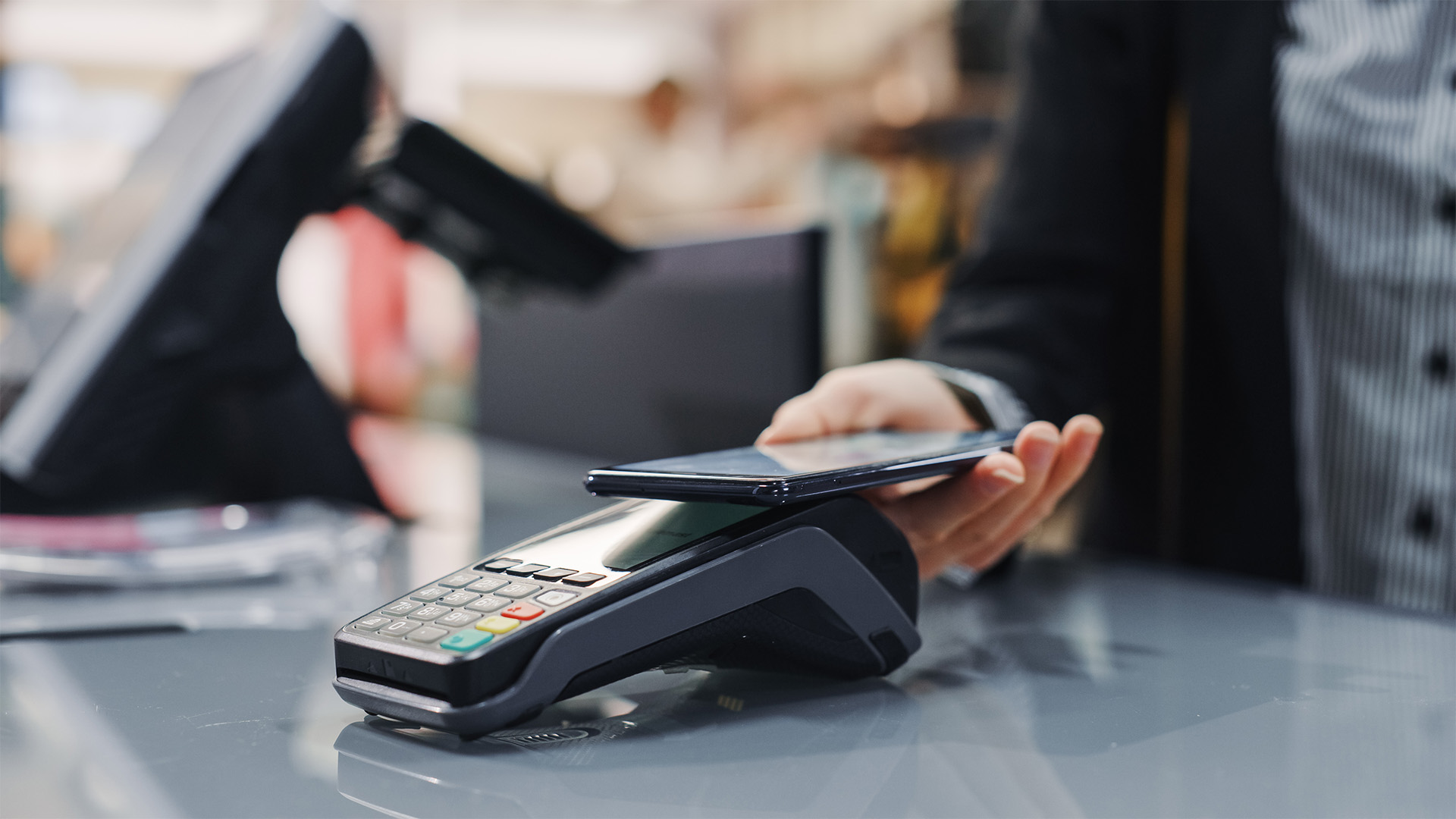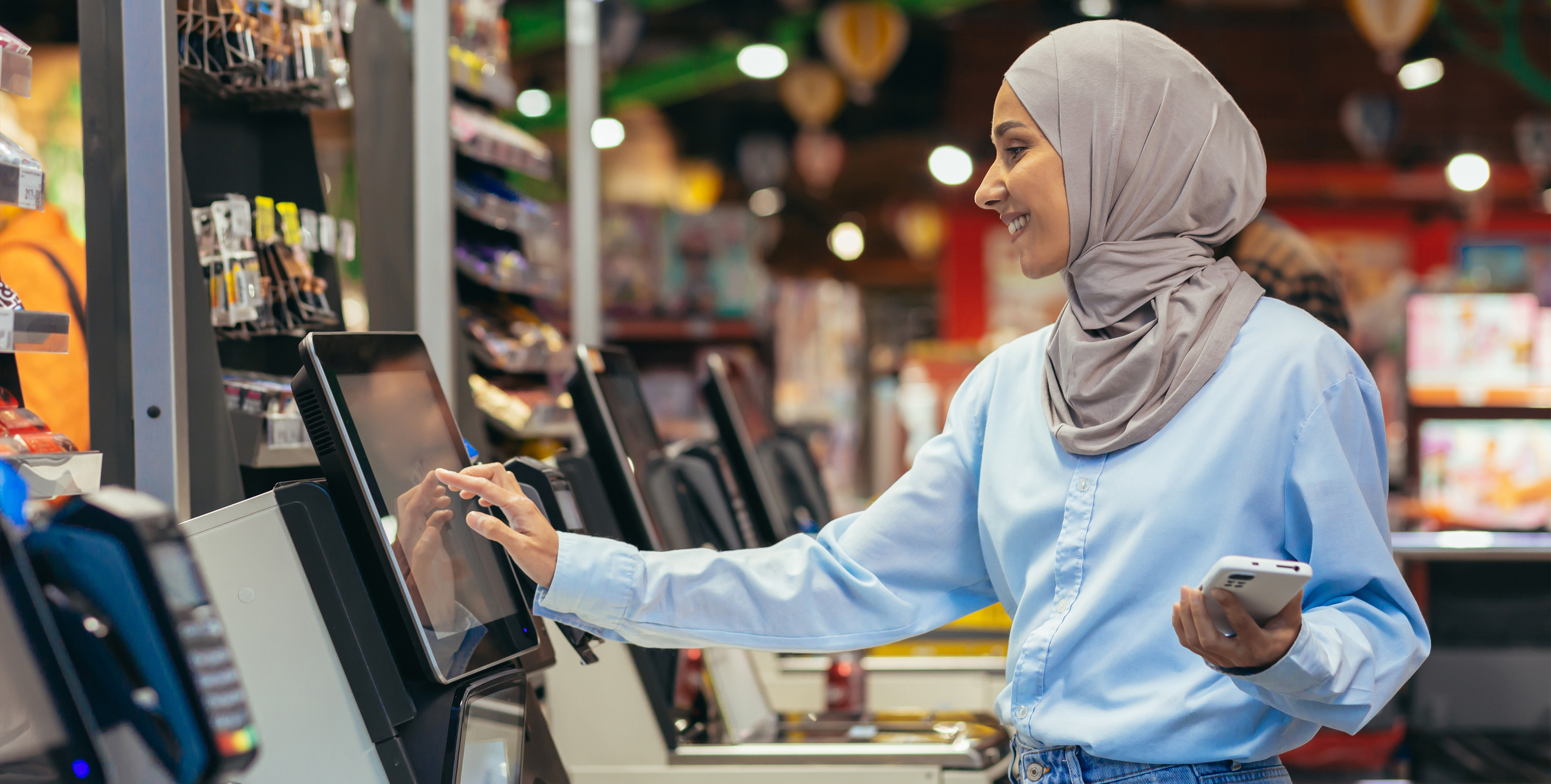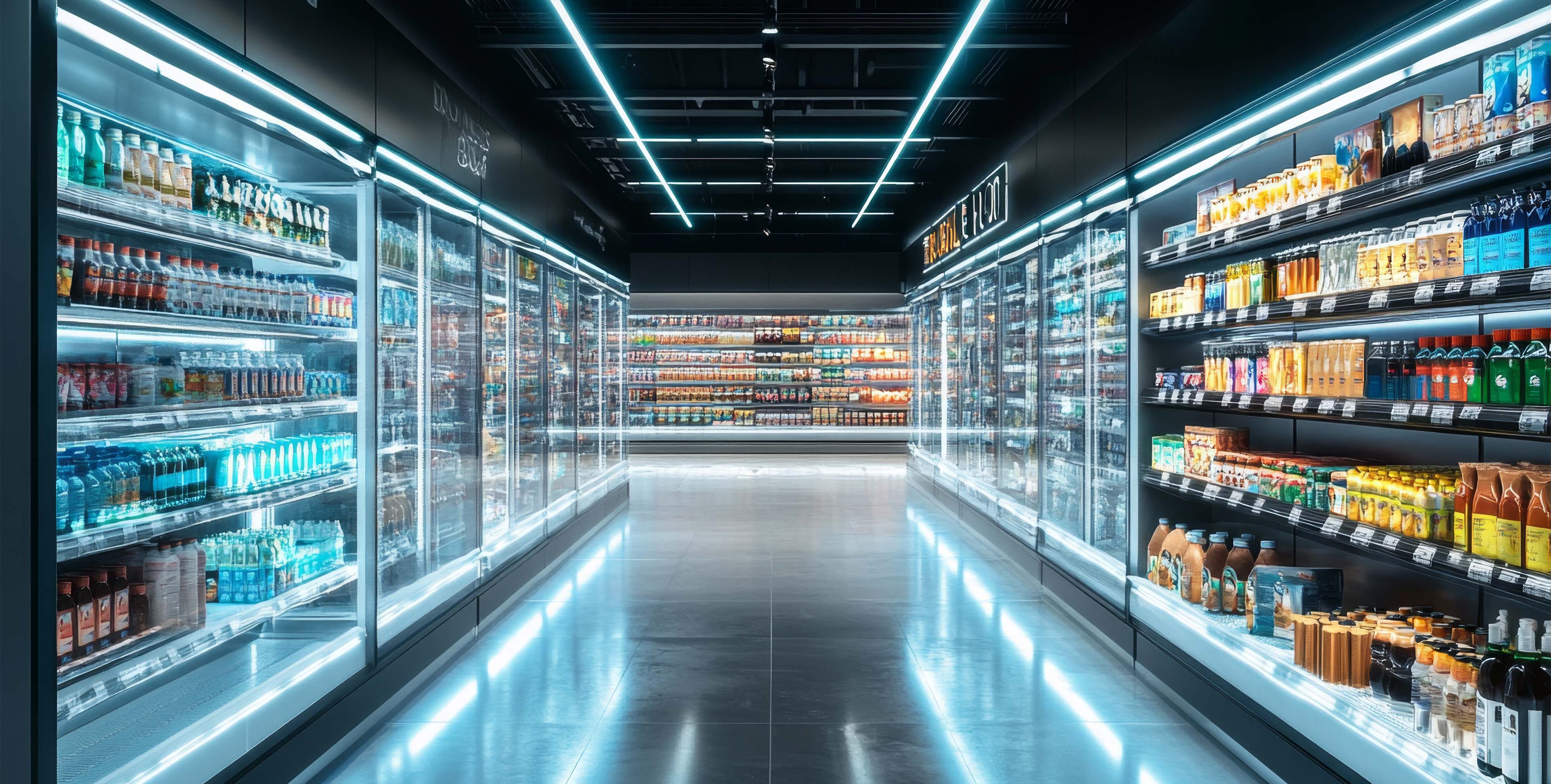A version of this article was first published on Chain Store Age Online.
Retailers are paying more attention to the potential downsides of self-checkout lanes. Operators like Dollar General, ShopRite, Costco, Wegmans and Five Below, to name a few, reportedly have tweaked their self-checkout strategies in response to shoplifting and other concerns. At least one big-box discounter has started tearing out self-checkout lanes at stores where shrink is running high.
Changing course on these systems is no easy decision. Some customers actually like scanning their own items (this was especially true during the pandemic), and self-checkout lanes can allow retailers to cut labor costs, better cope with the labor shortage, and keep lines moving during peak times, among other benefits.
But concerns about shoplifting and shrink continue to grow. Meanwhile, many retailers are hyper-focused on protecting the customer experience, which can suffer when they rely too heavily on self-checkout systems.
Here are three tips for achieving balance in your approach to self-checkout.

Use a store-specific lens
Some stores have stronger incentives to rethink self-checkout than others. That could be because the store has a bigger problem with shrink than other locations in the portfolio, or a higher percentage of regular customers who dislike these systems.
When I had small children in tow, I saw firsthand how frustrating self-checkout lanes could be for busy parents. (Just try scanning and bagging a cart full of groceries with one hand, while using the other to keep your kids from wandering away, grabbing candy off the shelf or bumping into other customers.) People with disabilities often find self-checkout to be difficult to use, and many seniors greatly prefer face-to-face checkout, as do people with large orders that would seemingly take forever to scan by yourself.
Dynamics at individual stores, in other words, are worth considering alongside factors such as shrink and labor cost and availability. Do you serve a large number of seniors or young parents? What is your shopper’s average basket size? How many complaints has the store manager received about self-checkout over the past six months?
By paring back the number of self-checkout lanes and hiring additional cashiers, some retailers could turn self-checkout into an option—as opposed to a necessity—for these different customer segments, thereby improving their overall experience.
But of course, if shrink is getting out of control at a given store, stronger steps might be necessary. Self-checkout lanes create well-documented opportunities for people to walk out of the store with pilfered merchandise. In addition, higher rates of shoplifting can lead to more confrontations with suspected criminals—an unpleasant experience for all and a potential liability risk for the retailer.
At some stores, drastically reducing or eliminating self-checkout might be the best way to go.

Create a ‘security box’
Retailers that do decide to remove a few of their self-checkout lanes could consider using the newly available space to create what might be thought of as a “security box.” This involves positioning self-checkout lanes within a self-contained area, with one entrance and one exit. Typically, an attendant will stand at the exit to both assist customers and watch what’s going on.
The dimensions of the box are important. If it is too large, the security-enhancing effects could be lost. If it is too small, customers could feel hemmed in and frustrated by the lack of space. Here again, average basket size could be an important factor: If your average shopper buys a relatively small number of items, then a smaller security box might work just fine. Retail architects and designers can help companies establish an approach that works for their customers and stores.

Stay open to other tech options
Certain other technologies that outsource checkout to customers—by, for example, allowing them to scan items and drop them in their carts as they stroll the aisles—can carry shrink risks of their own, depending on how these systems are arrayed and employed.
In addition to reevaluating the shrink risks associated with conventional self-checkout lanes, retailers might want to take a second look at the potential downsides of any other self-checkout systems they employ.
All of that said, they should stay open to new technology solutions hitting the market. While Amazon has shuttered some of its cashierless stores as part of cost-cutting efforts, various companies continue to push the envelope on self-checkout via experiments involving the likes of biometric-detection, mobile apps, RFID chips, and AI-fueled cameras and carts. One of these days, the push for innovation savvy innovator startup could lead to realize checkout nirvana—an automated approach that truly is headache-free for both shoppers and stores.
HFA Architecture + Engineering Vice President Bo Ebbrecht (AIA, RIBA, NCARB) leads a team focused on a wide array of retail projects; he can be reached at bo.ebbrecht@hfa-ae.com





.jpg)

.jpg)
.jpg)



